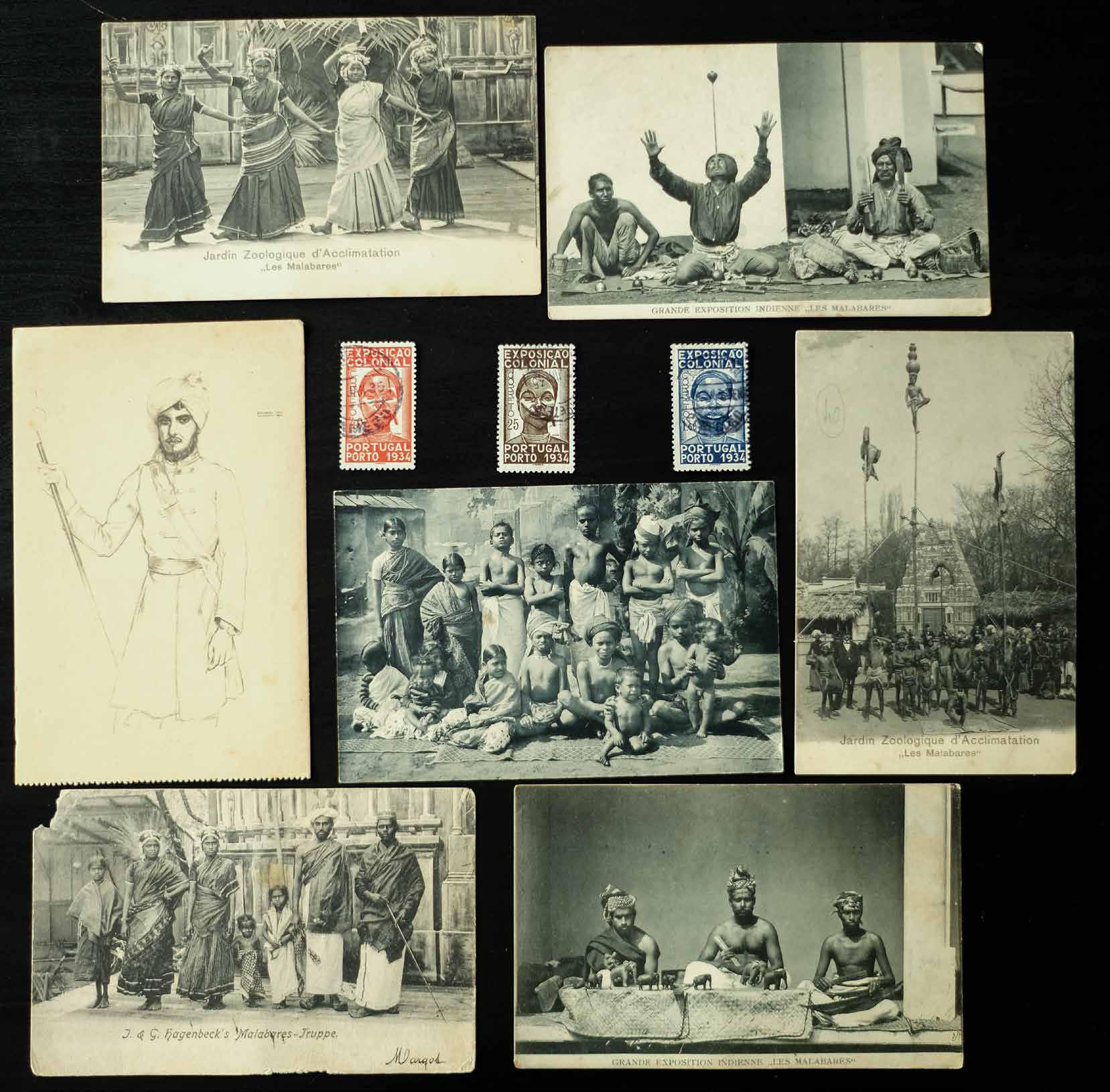
On a cold autumn day in 1902, Parisians flocked to the Jardin Zoologique d'Acclimatation-Garden of Acclimatisation in large numbers to witness a spectacular installation of a gopuram, an entrance gateway to a Hindu temple typical of south Indian temple architecture. The installation was part of an ethnographic exhibition by the Hagenbeck brothers, titled Les Malabares-The Malabaris. It was one among various colonial exhibitions in the nineteenth and twentieth centuries that displayed non-European people and cultures from different parts of the world to entertain their European audience at home.
Established by a fishmonger, who bought and sold exotic fish in Hamburg in the mid-nineteenth century, the Hagenbeck company had, by the 1870s, grown to become the largest trader in exotic animals. Carl Hagenbeck inherited the company from his father and expanded the business, to procure "indigenous peoples" from all over the world for, as one record puts it, "presentation in highly profitable spectacles to European scientific societies and the general public." Humans became a visible part of such exhibitions in the nineteenth century, and, in central and eastern Europe, this trend peaked between the 1880s and the outbreak of the First World War. By the time the Malabaris were exhibited in 1902, Paris had seen many similar events. Particularly since 1877, when Carl Hagenbeck exhibited a group of Nubians from Northeast Africa in front of the animal stalls which proved to be a success.
Bu hikaye The Caravan dergisinin February 2023 sayısından alınmıştır.
Start your 7-day Magzter GOLD free trial to access thousands of curated premium stories, and 9,000+ magazines and newspapers.
Already a subscriber ? Giriş Yap
Bu hikaye The Caravan dergisinin February 2023 sayısından alınmıştır.
Start your 7-day Magzter GOLD free trial to access thousands of curated premium stories, and 9,000+ magazines and newspapers.
Already a subscriber? Giriş Yap

Mob Mentality
How the Modi government fuels a dangerous vigilantism

RIP TIDES
Shahidul Alam’s exploration of Bangladeshi photography and activism

Trickle-down Effect
Nepal–India tensions have advanced from the diplomatic level to the public sphere

Editor's Pick
ON 23 SEPTEMBER 1950, the diplomat Ralph Bunche, seen here addressing the 1965 Selma to Montgomery March, was awarded the Nobel Peace Prize. The first black Nobel laureate, Bunche was awarded the prize for his efforts in ending the 1948 Arab–Israeli War.

Shades of The Grey
A Pune bakery rejects the rigid binaries of everyday life / Gender

Scorched Hearths
A photographer-nurse recalls the Delhi violence

Licence to Kill
A photojournalist’s account of documenting the Delhi violence

CRIME AND PREJUDICE
The BJP and Delhi Police’s hand in the Delhi violence

Bled Dry
How India exploits health workers

The Bookshelf: The Man Who Learnt To Fly But Could Not Land
This 2013 novel, newly translated, follows the trajectory of its protagonist, KTN Kottoor.